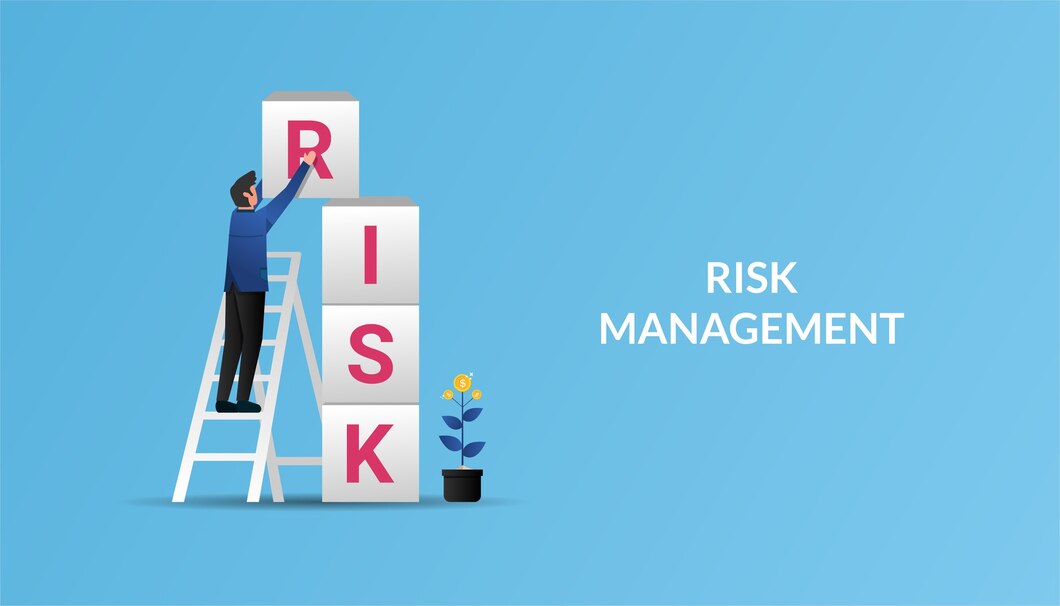Table of Contents
What is Risk Management?
Risk management is the process of identifying, assessing, and prioritizing risks followed by coordinated efforts to minimize, monitor, and control the probability or impact of unfortunate events. It is a fundamental aspect of strategic planning and decision-making in organizations.
The primary goal of risk management is to ensure that an organization can achieve its objectives by minimizing potential threats and maximizing opportunities.
Project Risk Management
specifically focuses on identifying and managing risks that could affect the successful completion of a project. It involves systematically considering all possible risks, from the inception of the project through its completion. includes the following steps:
Risk Identification
Determining what risks might affect the project and documenting their characteristics.
Risk Assessment
Evaluating the likelihood and impact of each identified risk.
Risk Prioritization
Ranking the risks based on their potential impact and likelihood to decide which risks need immediate attention.
Risk Response Planning
Developing strategies and actions to address the identified risks.
Risk Monitoring and Control
Tracking identified risks, monitoring residual risks, identifying new risks, and evaluating the effectiveness of risk responses throughout the project lifecycle.

Why is Risk Management Important
it is crucial for several reasons:
Prevents Losses
By identifying potential risks early, organizations can take proactive measures to avoid or mitigate them, thereby preventing financial, operational, and reputational losses.
Improves Decision Making
Risk management provides a structured approach to decision-making, helping leaders make informed choices by considering potential risks and their impacts.
Enhances Performance
Effective risk management helps ensure that projects are completed on time and within budget, enhancing overall organizational performance.
Increases Resilience
Organizations with robust risk management practices are better prepared to handle unexpected events and recover more quickly from disruptions.
Compliance and Legal Protection
Many industries have regulatory requirements mandating risk management practices. Compliance helps avoid legal issues and penalties.

Risk Mitigation and Monitoring
Risk mitigation involves implementing measures to reduce the likelihood or impact of risks. This can include:
Preventive Actions
Steps taken to prevent the occurrence of a risk.
Contingency Planning
Preparing plans to respond if a risk eventuates.
Risk Transfer
Shifting the risk to another party, such as through insurance or outsourcing.
Risk monitoring is the ongoing process of tracking identified risks, reassessing their status, and reviewing the effectiveness of risk mitigation measures. Regular monitoring ensures that new risks are identified promptly and that risk responses remain effective.

Risk Response Strategies and Treatment
Risk response strategies are the approaches taken to address identified risks. Common strategies include:
Risk Avoidance
Eliminating the risk by changing plans or processes to ensure the risk does not occur.
Risk Reduction
Taking actions to reduce the likelihood or impact of the risk.
Risk Sharing
Transferring or sharing the risk with another party, such as through contracts or insurance.
Risk Acceptance
Acknowledging the risk and choosing to accept it without taking any action, usually because the cost of mitigation is higher than the risk itself.
In conclusion, risk management is a vital practice for organizations to protect themselves from potential threats and ensure the achievement of their objectives. By understanding and implementing effective risk management processes, organizations can navigate uncertainties and capitalize on opportunities more effectively.







